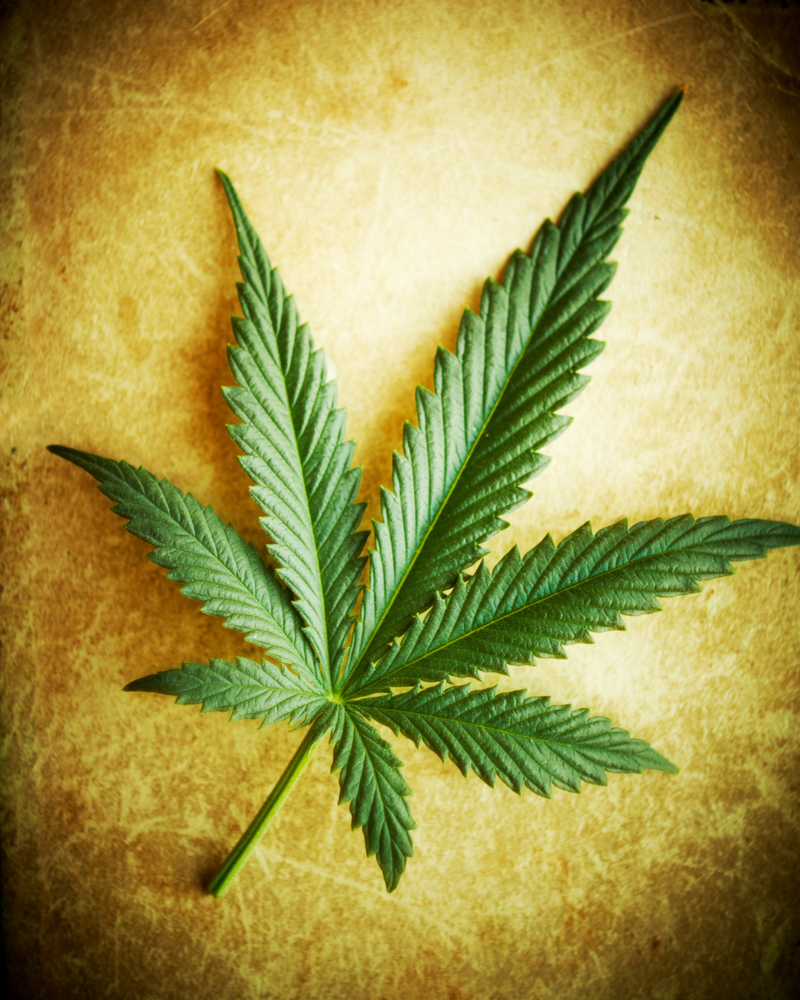
 A guest post by Benjamin Knoll
A guest post by Benjamin Knoll
This fall Utah voters will go the polls to vote on Proposition 2 which, if passed, would legalize medical marijuana in the state. Public opinion polls show the measure to be popular with Utah voters, despite opposition from the Church of Jesus Christ of Latter-day Saints, which wields considerable influence in Utah’s social and political culture.
While formally opposing the ballot initiative, the Church has recently announced that it does not formally object to the use of marijuana in select medical cases per se. It has asked the Utah State legislature to legalize medical marijuana while remaining opposed to legalization by popular vote.
The Church has also recently announced that the use of marijuana recreationally would violate the Word of Wisdom, the Church’s dietary law, and thus disqualify a member from being able to hold a recommend to enter church temples.
Lost in much of the conversation about Proposition 2 is how prevalent marijuana use is among Latter-day Saints. How might the legalization of medical marijuana affect Mormons’ likelihood to use it?
The 2016 Next Mormons Survey asked both current and former Mormons whether they had used marijuana sometime in the last six months. (See here for more about the survey’s sample size and methodology.)
At that time, about one in ten (9.5%) self-identified Mormons in the United States said “yes.” Those more likely to have used marijuana included:
- Younger people (17% of Millennials compared to 7% of GenXers and 4% of the combined Baby Boomer/Silent generation).
- Men (14% of men compared to 6% of women).
- Poorer members (12% of those who earn less than $50K/year compared to 8% among those who earn over $100K/year).
- Those with less formal education (12% of those without a college degree compared to 6% of those who have earned a college degree).
- Racial minorities (14% of nonwhite Mormons compared to 9% of white Mormons).
- Those who are less active in the Church. Only about 7% of those who attend church at least once a month said that they had used it in the last six months compared to one in five (20%) of those who attend only sporadically or never.
Further analysis shows that the legal status of marijuana in the state where the respondent lived in 2016 made almost no difference. About 11% of those who lived in states where it was either medically or recreationally legal in 2016 said that they had used marijuana recently, compared to 9% in the states where it was illegal, a statistically insignificant difference.
This pattern did not change much even among frequent church attenders, where usage was 8% in recreational states, 9% in medical states, and 7% in illegal states. This non-effect held even after statistically controlling for other demographic factors. Frequency of church attendance emerged as the single strongest predictor of marijuana use when controlling for these factors, regardless of marijuana’s legality in the state where the survey respondent lived.
For their part, roughly one in five people (18%) who self-identified as a former Mormon in our survey report that they’ve used marijuana in the last six months. This figure remains constant regardless of whether they live in a state where it’s legal (either recreationally or medically) or illegal.
Overall, the legal status of marijuana does not seem to affect whether American Mormons and former Mormons choose to use it. Usage rates are about the same whether they live in states where it is legal (whether for recreational or medical reasons) or illegal.
Thus, whatever Utah voters or the state legislature choose to do regarding Proposition 2 and medical marijuana this fall, it will likely not drastically affect usage rates among Utah Mormons.
Related posts:
- Hello! Most Mormons actually do drink caffeinated soda
- 1 in 3 Mormons have had coffee recently, and another quarter drink alcohol
- Will Mormon leaders’ opposition turn the tide against a medical marijuana initiative in Utah?
Benjamin Knoll is the John Marshall Harlan Associate Professor of Politics at Centre College in Danville, Kentucky. He is the co-author, with Cammie Jo Bolin, of She Preached the Word: Women’s Ordination in Modern America, which is now available from Oxford University Press.
